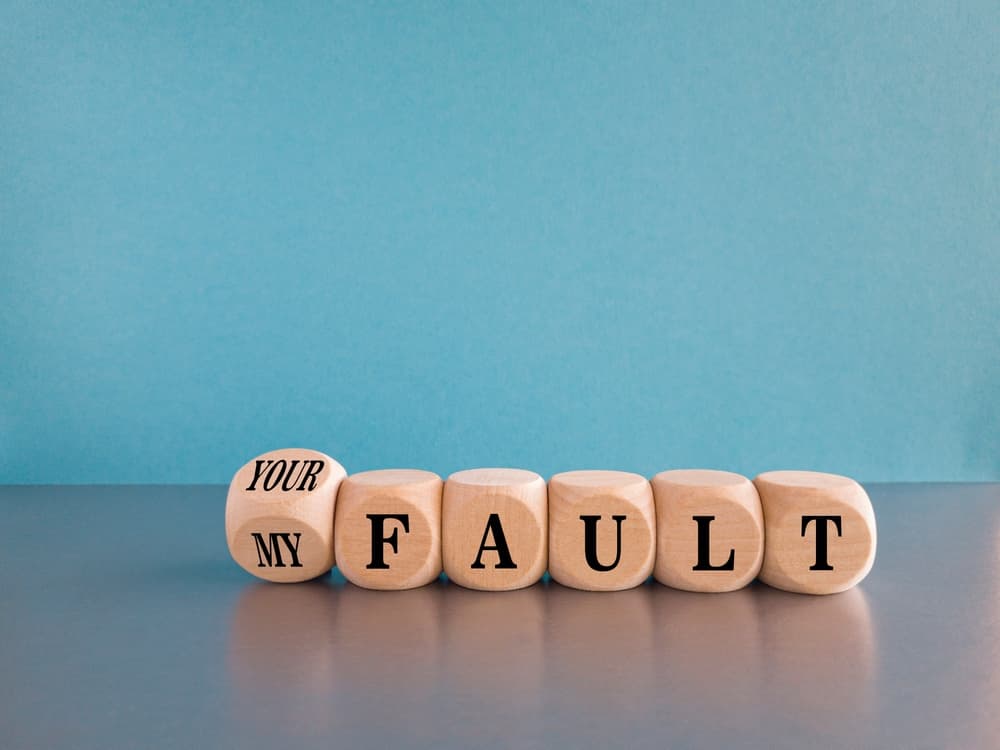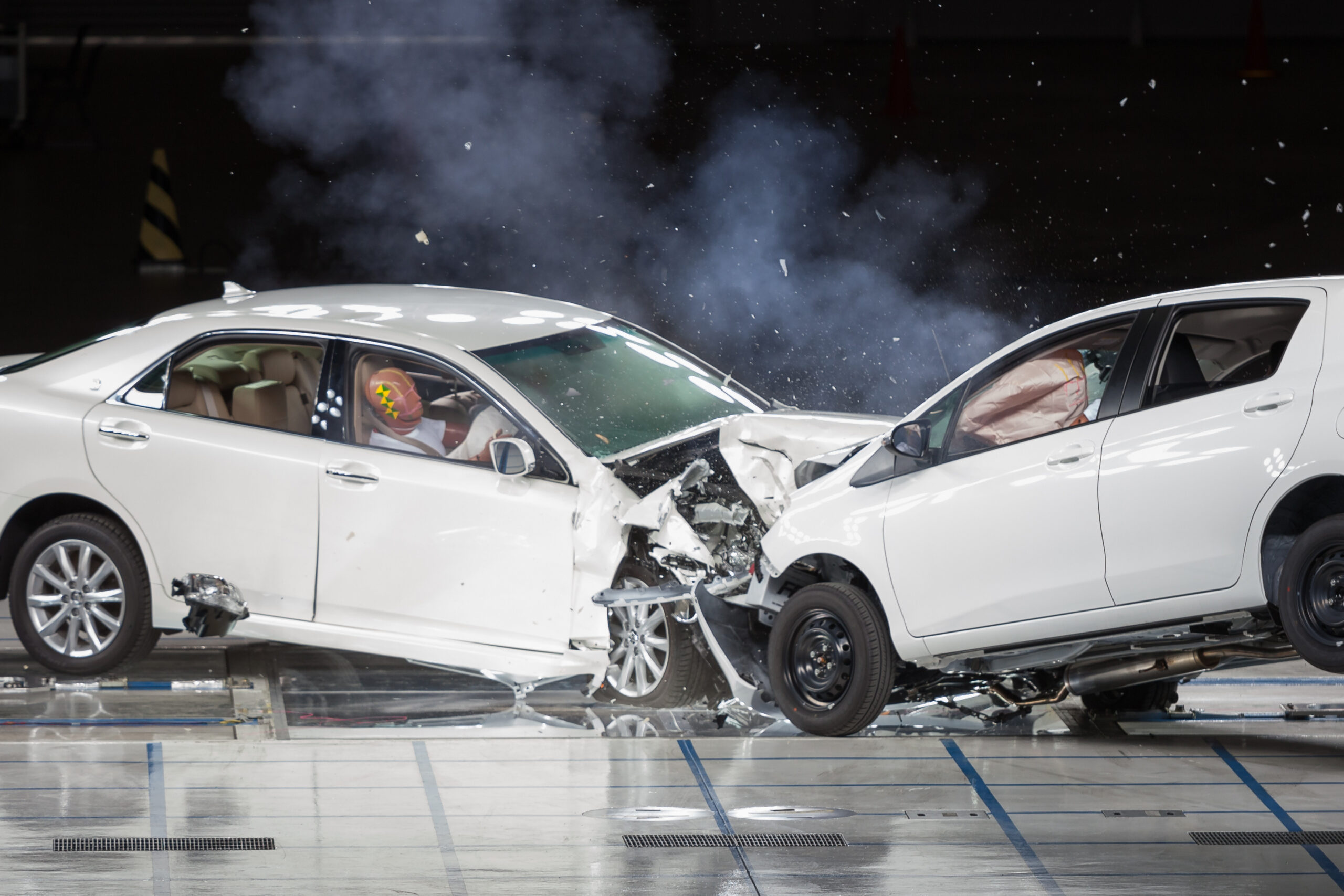A recent U.S. Supreme Court ruling addressed a somewhat uncommon but nevertheless important situation. What happens when the judge in your injury case dismisses the jury but discovers, only minutes later, that the jury delivered a legally incorrect verdict? The high court’s recent decision concluded that, since the jury had not become tainted, and the judge had not issued a final judgment, the judge was allowed to bring the jury back, and the re-crafted verdict that the jury issued in favor of a man injured in an auto accident was allowed to stand.
The case began as many auto accident injury cases do. H.B. ran a red traffic light at an intersection, and his vehicle T-boned the vehicle driven by R.D. The accident caused an injury to R.D.’s lower back, which required steroid treatment and physical therapy to address.
Based upon this, R.D. sued H.B. for negligence, and the case ended up in federal court. In some cases, one driver will admit to certain things, like being at fault for the accident. In this case, H.B. admitted that he was at fault, that his negligence injured R.D., and that he was responsible for the $10,136 in medical bills R.D. had racked up. The jury was left to decide if R.D. should recover anything more than the $10,136 sum.
At this point, the case ceased being routine. The jury rendered a verdict finding in favor of the injured driver but awarding him $0 in damages. The judge thanked the jury for their service and sent them on their way. Mere minutes later, the judge realized that the verdict was legally flawed, since H.B. had already stipulated to owing R.D. $10,136 in past medical expenses. The court clerk was able to track down the jurors before they left the building and bring them back. The judge re-seated the jury, gave them instructions to award R.D. at least $10,136, and sent them to start new deliberations. This time, the jury came back with an award of $15,000 for R.D.
In the appeals process, both the Ninth Circuit Court of Appeals (whose rulings cover nine states, including California) and the U.S. Supreme Court decided that the verdict could stand. The court rejected the argument that, once a judge discharges a jury in a federal case, that jury cannot be brought back together again. “We reject this ‘Humpty Dumpty’ theory of the jury,” Justice Sonia Sotomayor wrote for the majority. Federal judges, the court decided, have “inherent authority to manage their dockets and courtrooms with a view toward the efficient and expedient resolution of cases.” This authority includes recalling discharged juries in cases in which the judge had not entered a final judgment, and the risk of juror taint was low.
In this case, the judge had not entered the final judgment, and, since the jurors were all in the court building with only a few minutes having elapsed, little risk of prejudice existed. If, however, any suggestion of prejudice or tainted jurors exists, judges should decline to utilize the strategy of re-empaneling the existing jury, the Supreme Court stated.
In any injury case, the process of obtaining a full and fair recovery can be challenging, from the beginning all the way to the verdict…and sometimes beyond. The diligent and knowledgeable San Mateo car accident attorneys at the Law Offices of Galine, Frye, Fitting & Frangos are here to aid you at every step along the way and help you pursue what you deserve. To set up a free consultation with one of our experienced attorneys, contact us at 650-345-8484 or through our website.
More Blog Posts:
Uninsured California Driver Entitled to Recover Full Amount of Her Past Medical Bills in Injury Judgment, San Mateo Injury Lawyers Blog, published June 8, 2016
California Bicyclist’s $3.7M Jury Verdict Survives At-Fault Driver’s Appeal, San Mateo Injury Lawyers Blog, published May 24, 2016
Supreme Court Upholds Injury Verdict and Award in Case in Which Judge Brought Back Discharged Jury


